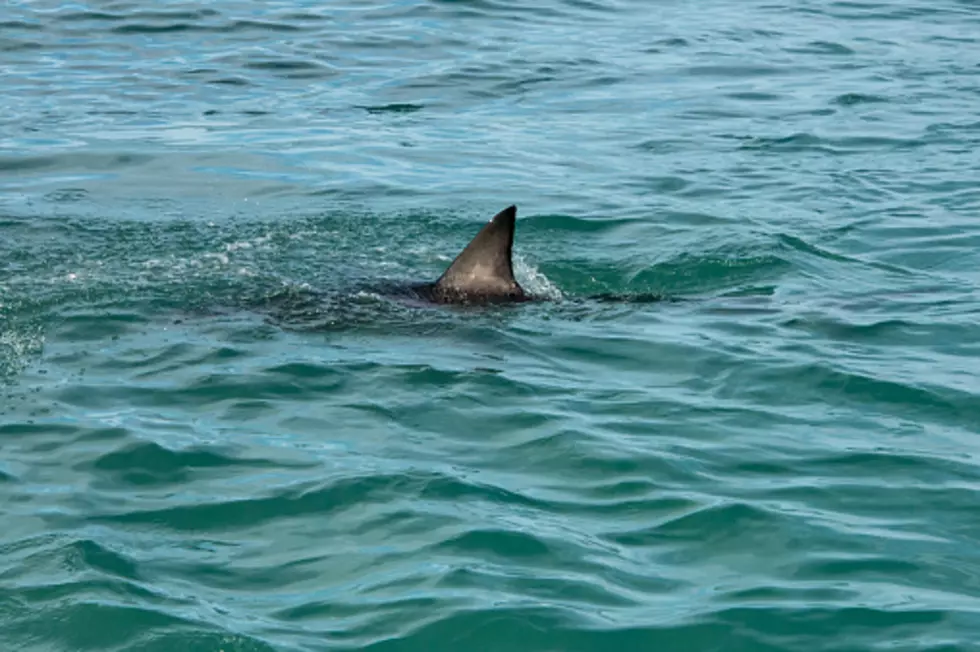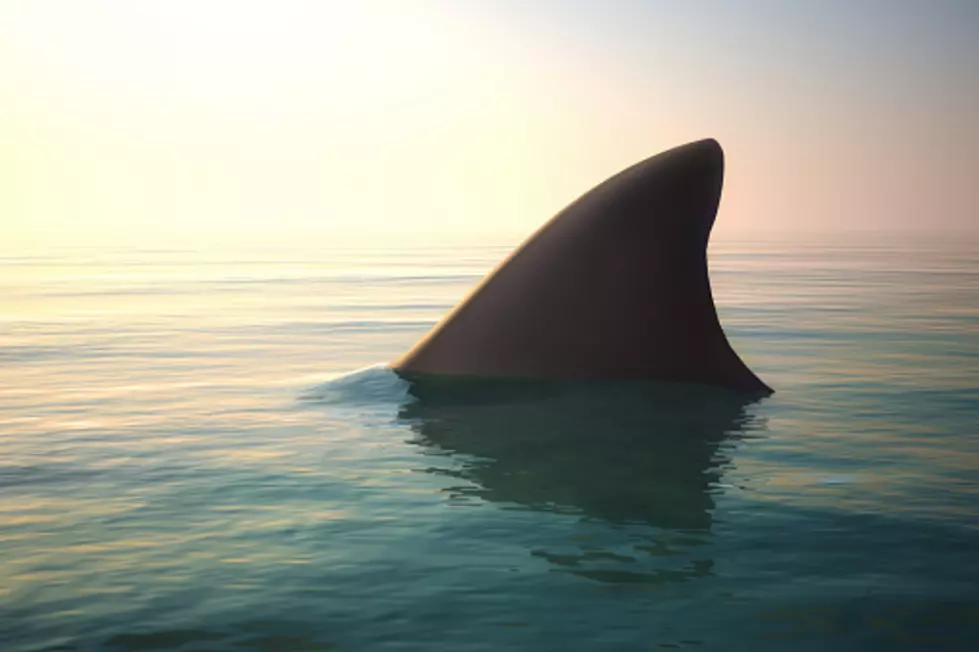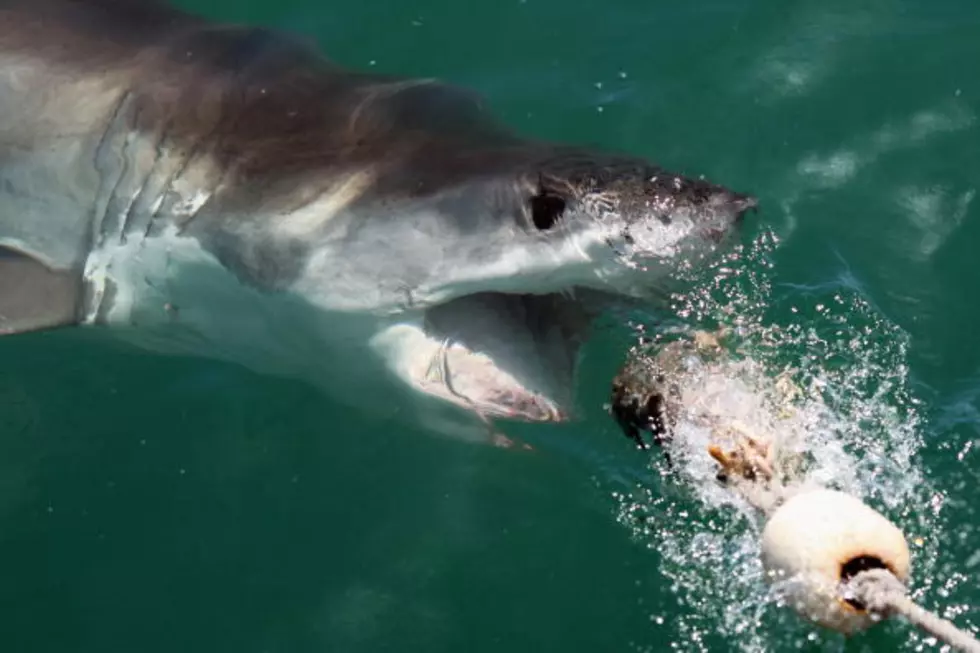
Why Have 10 Whales Washed Up On New York Beaches Since December?
A 35-foot humpback whale, weighing about 32 tons, washed ashore on a New York beach on Monday. The massive mammal was discovered in the early morning hours along Lido Beach, on the southern shores of Nassau County. Along with the sadness of one of these giants of the ocean dying, is the concern that this is the 10th such beaching on Long Island in 2 months.

According to the National Oceanic and Atmospheric Administration, eight humpback whales and two sperm whales have washed up on New York's Atlantic beach shores since December 1st. Why have so many of the mammals beached themselves during this time period? According to newsday.com, there is growing concern that sonic testing done while surveying a proposed wind turbine area, may be the cause for the beachings.
According to Joan Gralla of newsday.com, the chief of National Marine Fisheries Service's protected species unit, Sean Hayes, wrote a letter of concern to the federal Bureau of Ocean Management last May regarding a planned wind-farm’s "potential impact on the endangered right whale, saying turbine development can "pose risks" to the species."
In 2004, the New Zealand Herald published a study about about mass numbers of whales beaching in the same area. The study examined the skeletons of a group of beached sperm whales. The results suggested that many of the whales suffered from a type of bone damage normally associated with the bends, when bubbles of nitrogen form in the blood causing pain and distress. Those 2004 findings supported to the theory that loud underwater sonic noises produced could startle whales and dolphins and cause them to surface more rapidly than they would normally, which could lead to the bends. Could sonic booms be the reason for nearly a dozen whale beachings along New York shores since December 1st?
If scientists know, they are not saying. Allison Ferriera of NOAA told newsday.com that determining whether sonic blasts caused "acoustic trauma" to the stranded whales "is very challenging, particularly with any amount of decomposition. Scientists look for bruising or trauma to the ear and other organs, but linking it to a particular sound source is difficult." It's also difficult for a federally funded agency, like the National Oceanic and Atmospheric Administration, to come out and say that building wind farms in the ocean may kill whales and/or other sea life.
NEW YORK MYTHS, MONSTERS, AND URBAN LEGENDS
The Mysterious Missing Submarine Found on the Bottom of Lake George
Abandoned New York Home with 2 Vintage Vehicles Left Behind
More From 104.5 THE TEAM









